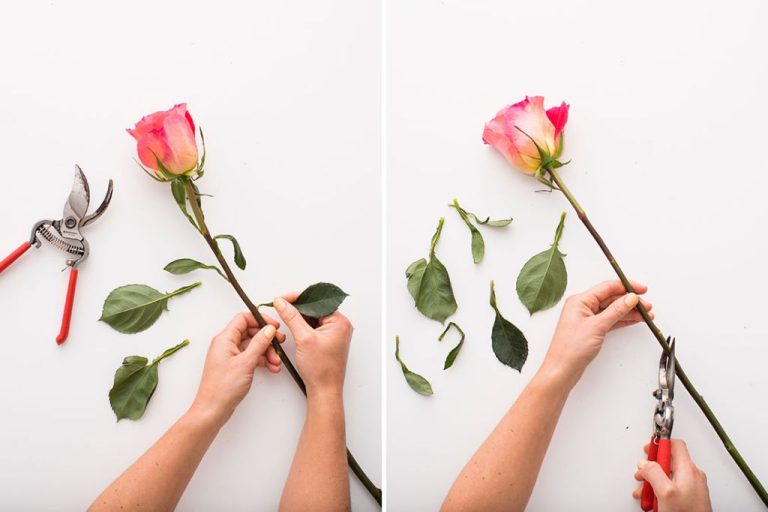How Do You Take Pictures With Candles?
Candlelight photography offers a unique aesthetic that can elevate your images. The warm, flickering glow of candles creates an intimate, romantic ambiance. It adds mood and atmosphere to a photograph in a way that regular lighting simply cannot match. While it presents some technical challenges, photographing by candlelight allows you to capture magical moments and striking imagery. The key is learning how to capture and enhance that ambient light in-camera and through thoughtful post-processing.
From romantic portraits to moody still life scenes, candlelight opens up creative possibilities. The yellow-orange cast of the small flames sets a distinct tone, unlike the neutral white balance of flashes and artificial lighting. Candlelight flatters subjects with a soft, low contrast glow. And the small points of light lend visual interest to compositions. With some practice and technique, photographers can use candlelight to produce emotive images that feel special.
Equipment Needed
To take great photos with candles, there are some key pieces of equipment you’ll need:
Camera
You’ll want a DSLR or mirrorless camera that allows full manual control of exposure settings. This will give you the most flexibility in low light situations. Any camera with interchangeable lenses will work, but one with a larger sensor (APS-C or full frame) is preferable for better high ISO performance.
Tripod
A sturdy tripod is essential for stabilizing your camera and eliminating blur from hand shake. Look for one that extends tall enough for your needs and has a swiveling head for angling the camera.
Remote Shutter Release
A remote shutter release allows you to trigger the camera without touching it, preventing any camera movement during exposures. These can be purchased wired or wireless.
Candles
You’ll need one or more candles to use as your light source. Tea lights, votives, pillars, and taper candles all work. Consider the mood you want to convey when selecting candle styles, colors, and sizes.
Setting Up the Shot
One of the most important steps when photographing with candles is setting up your shot. Here are some tips for arranging the candles and positioning your camera:
– Place the candles where you want them in your composition. Group them together, space them out, create patterns – get creative with the placement!
– Position your camera on a sturdy tripod and make sure it is level. You’ll need a tripod for long exposure shots.
– Adjust your camera settings before lighting the candles. Set your ISO low (100-400) to minimize noise. Choose your desired aperture and shutter speed – longer exposures will create more light painting effects.
– Make sure your white balance is set appropriately for the warm candlelight. The Auto or Tungsten setting usually works best.
– Use your camera’s self-timer or a remote shutter release to avoid jitter in the shot when you press the shutter button.
– Frame up and focus your shot before lighting the candles. Doing this in the dark can be tricky otherwise.
Lighting and Exposure
When photographing with candles, it’s crucial to find the right balance between the ambient lighting in the scene and the candlelight itself. Here are some tips for getting the exposure right:
Consider the time of day – If shooting in daylight or bright indoor light, you’ll need to use faster shutter speeds to avoid overexposing the image. Shoot at dusk or at night to better balance dim ambient lighting with the candlelight.
Adjust ISO – Increasing the ISO will make the camera sensor more sensitive to light. But higher ISOs can also add unwanted noise. Try to use the lowest ISO that still allows proper exposure.
Aperture – Using a wider aperture (lower f-stop number) will allow more light in to help expose properly. But make sure everything important remains in focus.
Shutter speed – A slower shutter better captures all the candlelight. But avoid speeds so slow that camera shake blurs the photo.
Exposure compensation – Dialing in negative exposure compensation tells the camera to darken the exposure. This can help avoid blowouts.
Check the histogram – Review the histogram to ensure you’re not clipping highlights or shadows.
Bracketing – Take multiple shots at different exposures as insurance to get the lighting just right.
By balancing these settings, you can properly expose for both the ambient lighting and the candlelight itself. This creates an evocative mood and draws the eye to the candle flames.
Composition
When shooting with candles, lighting and composition are closely intertwined. Use the candlelight strategically to highlight your main subject in an interesting or dramatic way.
You can create a romantic or mysterious mood by using a candle as a key or fill light on your subject. Try positioning the candle below or to the side of your subject’s face for dramatic shadows and highlights. If you want a softer look, place the candle further away or use a diffuser.
Pay attention to the background and environment as well. A dark or empty background helps your subject stand out, while an interesting textured backdrop can add atmosphere. Shoot tight shots focused just on your subject, or include some context of the surrounding scene.
When composing the shot, look for intriguing shapes, patterns, or shadows created by the flickering candlelight. Moving the candle closer or further from your subject alters the light quality and mood. Get creative with your angles and framing – you can evoke very different visual stories just by changing the composition.
Focusing in Low Light
Focusing the camera can be tricky when shooting with candlelight, since autofocus systems struggle in dim conditions. Here are some tips for getting tack-sharp focus:
Use manual focus – Switch your lens to manual focus mode. This gives you complete control to adjust focus exactly where you want it. Turn the focus ring slowly while looking through the viewfinder or LCD screen until your subject is sharp.
Find contrast for autofocus – If using autofocus, look for areas of high contrast like where the candlelight hits the subject. Position your autofocus point over a contrasty area to help the camera lock focus. Zoom in on live view to confirm focus is accurate before taking the photo.
Use a bright focusing aid – Attach a small LED light or flashlight to your camera that can briefly illuminate your subject to make focusing easier. Just turn it on to set focus, then turn it off before taking the shot.
Stop down the aperture – Using a narrower aperture like f/8 or f/11 increases depth of field, making more of the scene in focus. This makes precise focus a little less critical.
Creative Effects
One of the fun parts of photographing with candles is taking advantage of creative effects made possible by the unique lighting. Here are some tips for getting creative:
Bokeh
Bokeh refers to the soft, dreamy quality of out-of-focus points of light in a photo. Candles provide perfect pinpoints of light to create bokeh. Try using a fast lens wide open and position the candles behind or around your subject to get those coveted bokeh circles.
Light Painting
You can use the candle’s flame to “paint” light onto your subject during a long exposure. Try drawing shapes or patterns by moving the candle around. For best results, have your camera mounted on a tripod and use a shutter speed of at least 1-2 seconds. Make sure your subject stays still while you “paint” the light.
Silhouettes
The focused light of a candle is ideal for creating striking silhouettes. Position your subject between the candle and the camera so their features fall into shadow. Expose for the candle itself to turn your subject into a bold, dark silhouette.
Post-Processing
One of the great things about photographing with candles is the mood and lighting effects you can enhance during post-processing. Candlelight naturally creates a warm, intimate ambience. By adjusting color balance and contrast in post-production, you can make the scene even more atmospheric.
Try warming up the white balance and increasing the yellow/orange tones to intensify the candlelight. You can also boost contrast slightly to make the flames pop against a darker background. Using local adjustments, you can selectively brighten the candles themselves to become focal points.
Don’t be afraid to really push the candlelight effects during post-processing. You want viewers to feel like they’re right there in the scene. At the same time, be careful not to overdo it to the point that the image looks artificial. Find a nice balance between enhancing the mood and maintaining a natural, organic look.
A few other quick tips: try deepening shadows for increased drama, while adding subtle vignetting draws attention to the candles. Using radial filters, you can create gradients of light radiating out from the flames. Finally, don’t forget to sharpen the candles themselves so they have crisp, defined details surrounded by soft, dreamy lighting.
Safety Tips
When working with open flames like candles, it’s important to take precautions to prevent fires and avoid burns. Here are some tips:
- Make sure your candle is on a stable, non-flammable surface. Avoid placing it near curtains, tablecloths or anything else flammable.
- Don’t leave a burning candle unattended. Blow it out if you need to leave the room.
- Keep candles out of reach of children and pets.
- Don’t place candles too close to each other – leave several inches between them.
- Trim wicks to 1⁄4 inch before lighting to avoid high flames.
- Use a candle snuffer or wet fingers to extinguish candles. Avoid blowing them out which can scatter hot wax.
- Allow melted wax to harden before attempting to remove it from surfaces.
- Have a fire extinguisher on hand in case of emergencies.
- Don’t wear loose clothing that could catch fire. Tie back long hair.
- Avoid moving candles once they are lit.
With some common sense precautions, you can safely create beautiful candlelight photos.
Conclusion
Candlelight photography can produce beautiful and unique images with the right techniques. To summarize, the keys are using fast lenses, stabilizing the camera, dragging the shutter speed, getting creative with composition, and editing to enhance the mood and ambiance. With practice and experimentation, you can capture stunning low light photos using just candlelight. The atmosphere created is unlike that of any other light source.
While challenging, photographing with candles provides endless creative possibilities. Take your time, play with different angles and framing, adjust your settings, and transform a simple candlelit scene into a magical photograph. If you want to learn more, many online resources offer in-depth tutorials on low light and candlelight photography. Feel free to reference them to take your skills to the next level.



